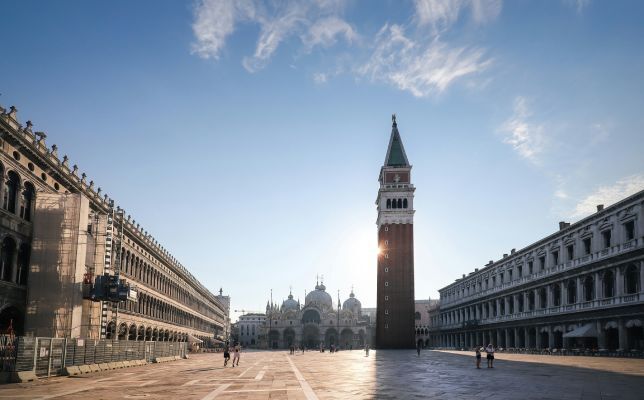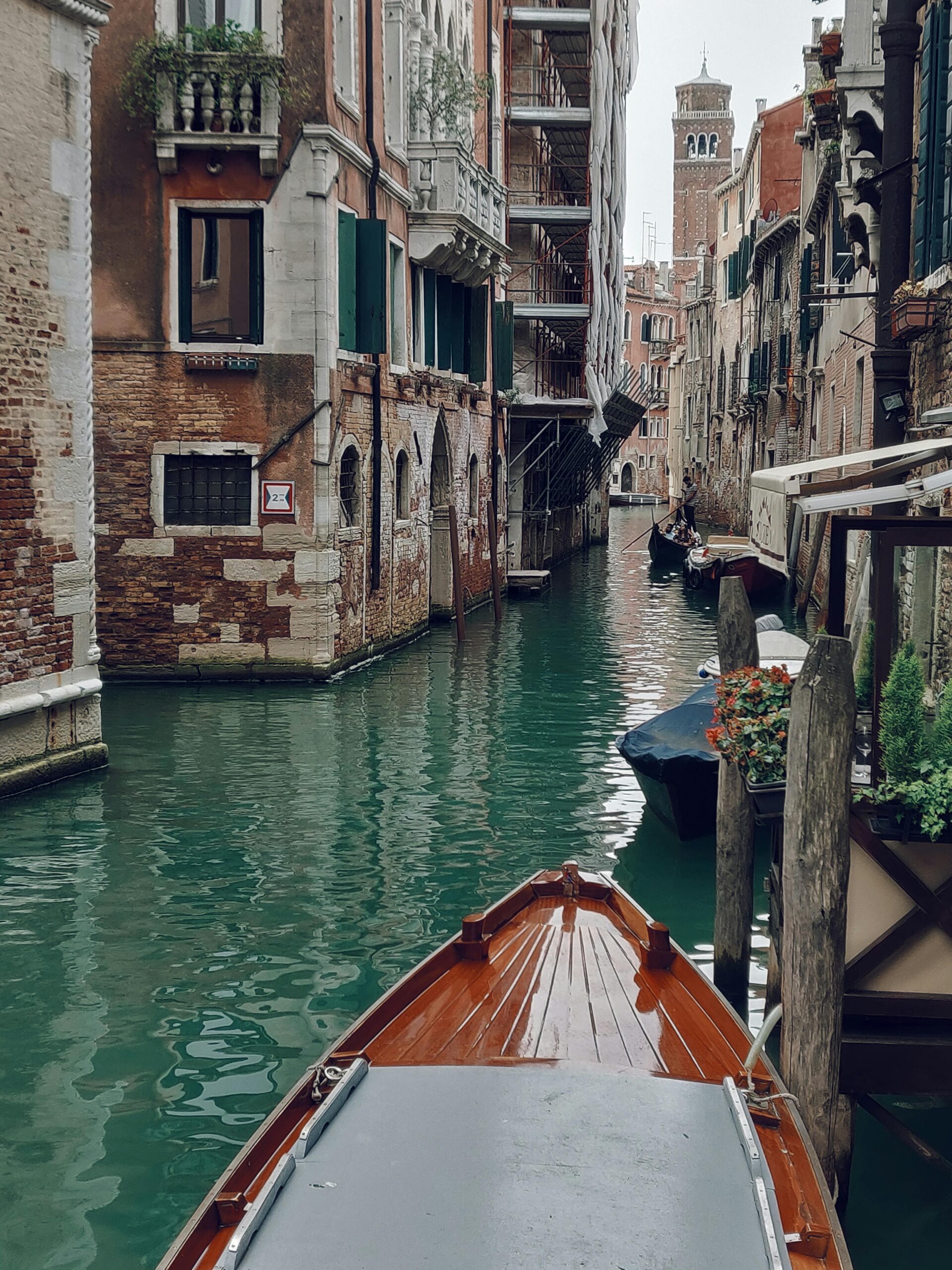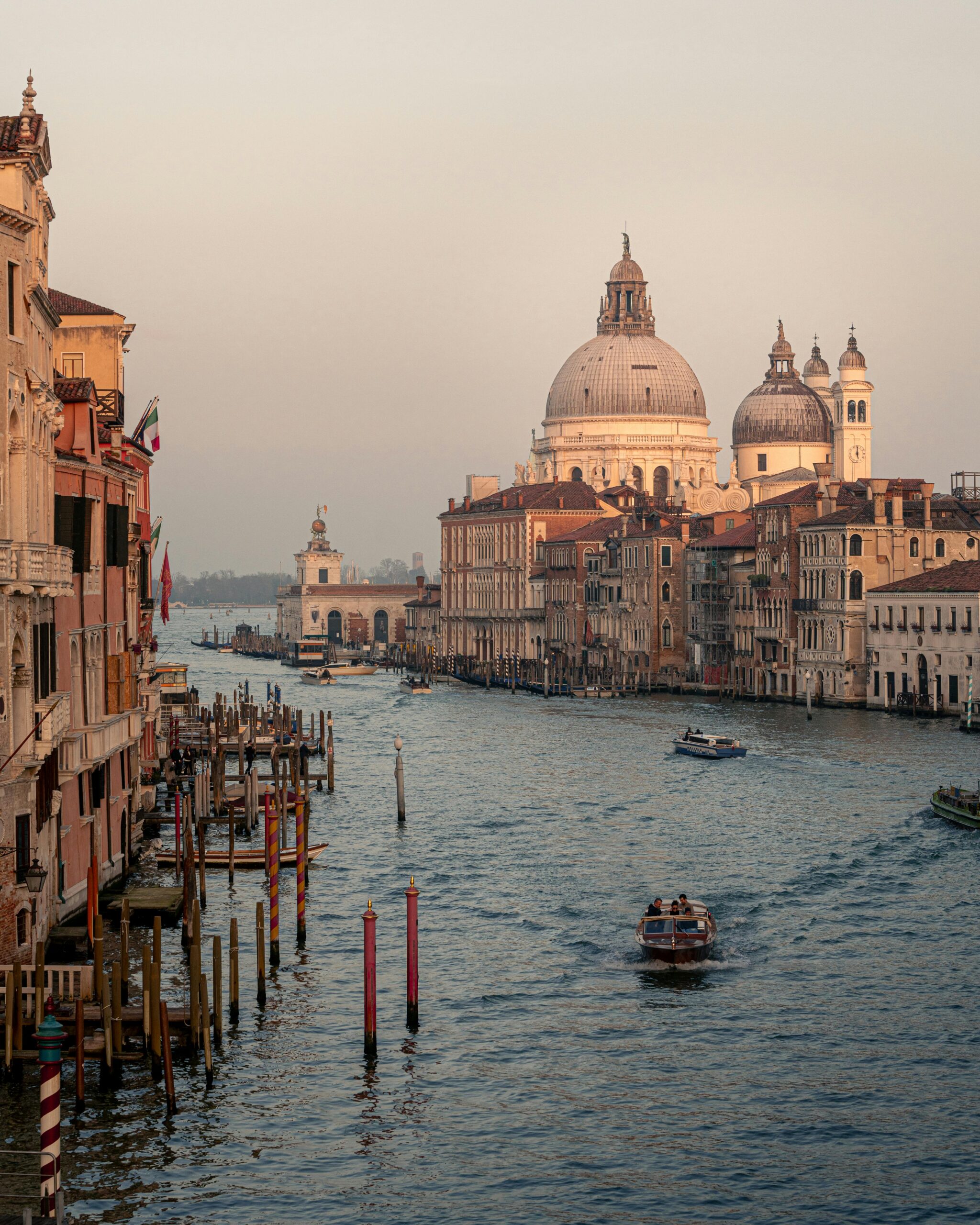Venice
Navigating from Venice Marco Polo Airport to the City
Arriving at Venice Marco Polo Airport (VCE) marks the start of an incredible adventure. The airport sits about 14 kilometers north of Venice’s historic areas, making it both convenient and accessible for travelers from around the globe. Choosing the right mode of transportation can help you begin your trip with ease and comfort. In this comprehensive guide, we’ll walk you through all the updated travel options, ticket prices, helpful tips, and traveler FAQs for reaching Venice from Marco Polo Airport.
Airport to Venice by Bus: Economical and Easy
Taking a bus is one of the most affordable and straightforward ways to get from Marco Polo Airport to Venice. Two main bus lines are ready to serve passengers:
- ACTV Line 5-Aerobus: Buses run every few minutes. This line connects the airport to Piazzale Roma, the gateway to Venice’s car-free islands. The journey usually takes between 20 and 25 minutes, delivering you right into the city’s main transport hub.
- ATVO Venice Express (Line 35): This is a non-stop express service. The ride is direct to Piazzale Roma, taking about 20 minutes without additional stops. It’s perfect for those eager to get into Venice quickly and with fewer interruptions.
Current ticket prices:
- One-way on both ACTV and ATVO: €10
- Return trip on both ACTV and ATVO: €18
You can find self-service ticket machines at both arrivals and departures. These accept cash and credit cards. The buses have room for your luggage, and the ride is comfortable, making it an excellent choice for any traveler.
Buy ACTV bus tickets and check schedules at the official site: Venice Marco Polo Airport Bus Services
For ATVO express tickets, visit: Venice Marco Polo Airport Bus Services
Water Bus (Alilaguna): Venice’s Most Iconic Arrival
Nothing says “Venice” like traveling across the city’s sparkling lagoon. The Alilaguna water bus offers a scenic and authentic way to reach Venice’s main districts directly from the airport dock. You’ll ride along some of Venice’s most beautiful routes, right from your first steps in the city.
Key lines to know:
- Blue Line (Linea Blu): Handy for travelers going toward the San Marco and Lido districts. It stops at Fondamente Nuove, Zattere, and other key points.
- Orange Line (Linea Arancio): Convenient for those needing to get to the Rialto area and stops near Santa Maria del Giglio. Ideal for many popular hotel locations.
- Red Line (Linea Rossa): This runs seasonally and hits tourist hotspots like Murano, Lido, and more.
Updated water bus fares:
- One-way: €18
- Return: €32
- Extra luggage (if oversized): €3
Tip: You can book in advance or use the ticket office and the machines just outside arrivals and by the dock. Both cash and credit cards are accepted.
For tickets or more info about routes and luggage rules, visit:
Alilaguna Official Site
Bus and Train Combination: Ideal for Stops in Mestre or Mainland
If you’re staying on the mainland in Mestre or heading to destinations served by train, combining a short bus ride to the Mestre Train Station then taking a train to Venice’s Santa Lucia Station can be a smart, cost-effective choice.
- From the airport, use ACTV bus lines 15 or 45 or ATVO lines 35B or 25 to get to Mestre’s train station in about 20 to 30 minutes.
- From Mestre, regional trains leave for Venice Santa Lucia every few minutes, and the ride lasts around 10 minutes.
Combined cost (bus plus train) is roughly €6 to €9 per person.
To plan this route and check latest fares, visit:
Official Venice Airport Bus Services
Official Venice Airport Train Info
Arriving in Style: Private Water Taxis and Transfers
For a fast, luxurious, and direct transfer right to your hotel’s doorstep or a private dock, a water taxi is the way to go. Water taxis whisk you over the lagoon, offering a memorable and smooth ride amid amazing views. This option is also perfect if you have large amounts of luggage, want privacy, or arrive late at night.
Water taxi fares:
- Private transfers usually range from €110 to €150 depending on your final stop and time of day.
- Shared taxi boats can sometimes be found for around €37 per person if availability allows.
Note: Uber Boat is now available in Venice and fits within the same price range as regular private water taxis.
To pre-book or check for the latest offerings, use the airport’s official connection to book water taxis:
Official Venice Airport Water Taxi Booking
New Visitor-Access Fee: What You Need to Know
Venice has introduced a city-access fee for day visitors on specific dates from April through July. This applies if you’re entering the historic city center. You can check the calendar, pay the fee and get more info on how this works at the official information page:

FAQs for First-Time Travelers from Marco Polo Airport to Venice
How do I get from Venice Marco Polo Airport to my hotel?
Choosing the best option depends on your hotel’s location:
- Near St. Mark’s Square or Rialto: Take the Alilaguna water bus (Blue or Orange Line).
- Close to Piazzale Roma or train station: Use the ACTV or ATVO buses.
- Hidden or less-accessible hotels: Splurge on a private water taxi for door-to-door service.
How can I pay for transportation tickets?
All public transportation options accept both euro cash and major credit cards. Self-service machines are located throughout the airport and at transportation docks. You can also book Alilaguna water bus tickets online before your trip on their official website for added convenience.
Can I use public buses or water buses with large suitcases?
Yes. All buses and water buses have dedicated luggage space. However, if your luggage is extra large or if you travel with more than one big bag, Alilaguna charges a small additional fee (typically €3 for oversized luggage).
Is a vaporetto the same as a water taxi?
No. A vaporetto is a public water bus, like a city bus on water, stopping along fixed routes and excellent for cheap, scenic rides. A water taxi is a private or shared boat that takes you directly to specific locations. It is faster and much more flexible for drop-off, but it is also more expensive.
What is the best district to stay in Venice?
- San Marco: Perfect for first-timers, just steps from iconic spots and sightseeing.
- Cannaregio: Offers a local vibe, peaceful canals, and more affordable accommodations.
- Dorsoduro: Great for nightlife, art, and proximity to Venice’s universities and galleries.
- Castello: Less touristy and more residential, but still walkable to major sights.
Since Venice is small, you can reach most sites on foot, by vaporetto, or even on a quick water taxi ride.
Smart Tips for Smooth Arrivals in Venice
- Timing: Buses and water buses run from early morning until late at night, but service may be less frequent in the very early/late hours.
- Buy tickets ahead: Skip waiting by buying tickets on official sites or as soon as you land.
- Plan for the bridges: If carrying heavy luggage, remember Venice has many bridges. Lighter bags are easier to manage!
- City Access Fee: Day visitors should check if a city entry fee applies to their travel days (from April to July on designated days).
- Check your hotel’s instructions: Some small hotels have their own arrival tips or offer assistance. Always good to ask them before you travel.
Once you’re in the city, take time to wander the narrow alleys, enjoy a coffee in a sun-drenched campo, and visit famous islands like Murano and Burano. Murano is world-renowned for glassmaking, while Burano charms with its bright fisherman’s homes and tranquil canals.
Don’t forget to try a guided walking tour or boat tour for a deeper look at Venice’s hidden courtyards and history. Every neighborhood (‘sestiere’) has its own character and special secrets, from artisan bakeries to secret gardens and ancient churches.
Traveling from Venice Marco Polo Airport to the heart of the city is a breeze when you choose the right option for your needs. Whether you go by quick bus, scenic water bus, or indulgent water taxi, each route offers a unique way to glimpse the magic of Venice. Book tickets where possible ahead of time for a stress-free start, pack light for easy walks, and prepare to fall in love with one of the world’s most enchanting places.
For official transport tickets and to plan further, always use these official sites:
Venice Marco Polo Airport Buses
Alilaguna Water Bus Tickets
Venice Airport Water Taxi
Ready to experience Venice? With the right ticket and route, your arrival will be just as special as the city itself.




Discover Venice on Foot
Why our Venice guide works
Our mission is simple: help you explore Venice in a smart, walkable way. Every guide includes time‑boxed routes, an interactive map, and practical advice on tickets, transport, safety, and food so you can discover Venice without overwhelm.
✔️ Clear, realistic Venice itineraries built by locals
✔️ Insider tips to beat crowds and avoid tourist traps
✔️ On‑route cafés, trattorie, gelato, and viewpoints
✔️ Offline‑friendly PDFs + map pins for your phone
FAQs
Will the itineraries work offline?
Yes. The PDFs are phone‑friendly and the map pins can be saved offline (instructions included).
Do you update opening hours and links?
We maintain 2025 updates and push changes to your download link whenever things change.
Are tickets included?
No, attraction tickets, transport, and meals are not included. We provide direct links and advice on what to book.
Refunds for digital downloads?
All sales are final. If you have trouble accessing files or the map, contact us and we’ll help.
Free Venice planning checklist (PDF)
Join 10k+ travelers planning to explore Venice smarter
We’ll email you the checklist to save on your phone.